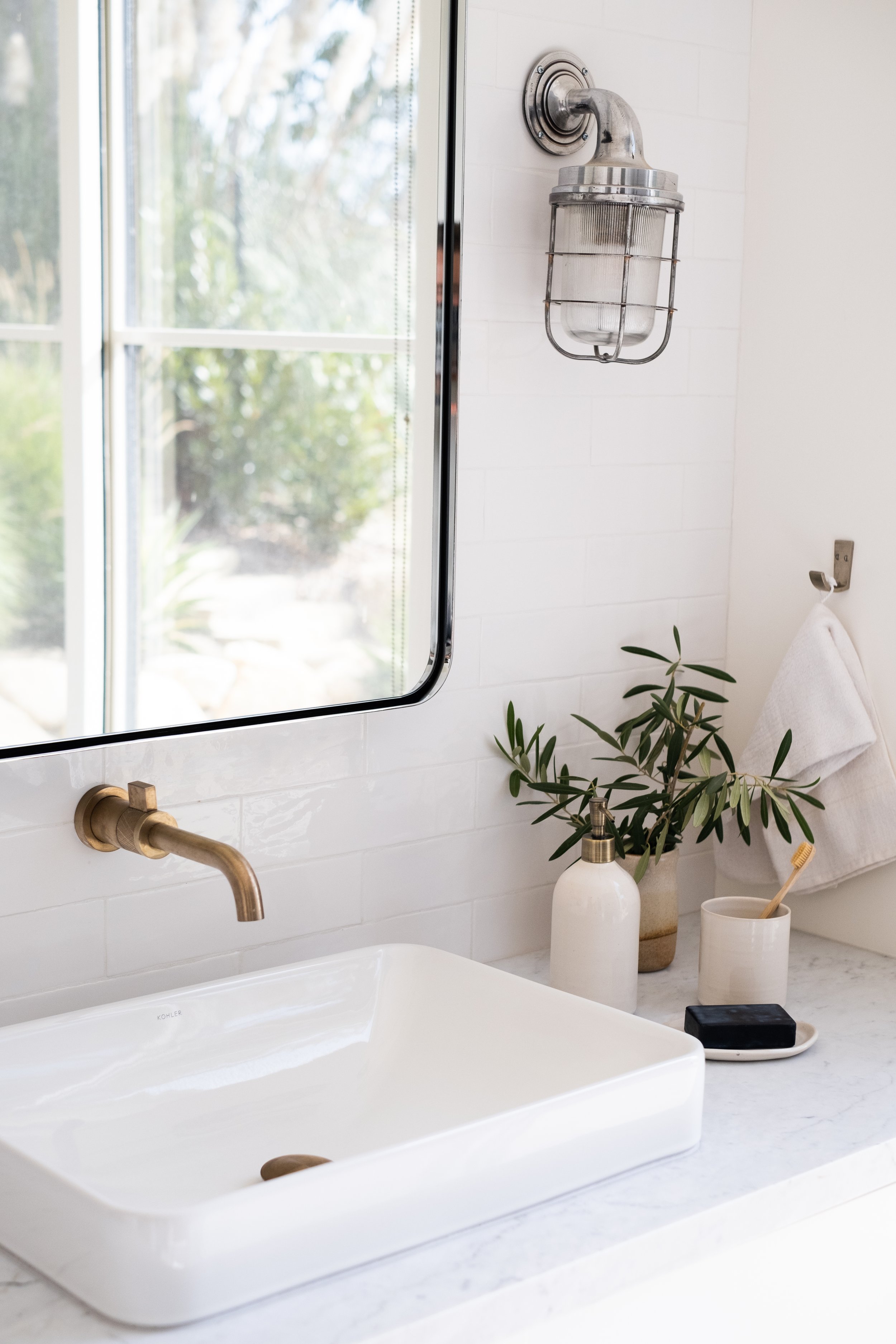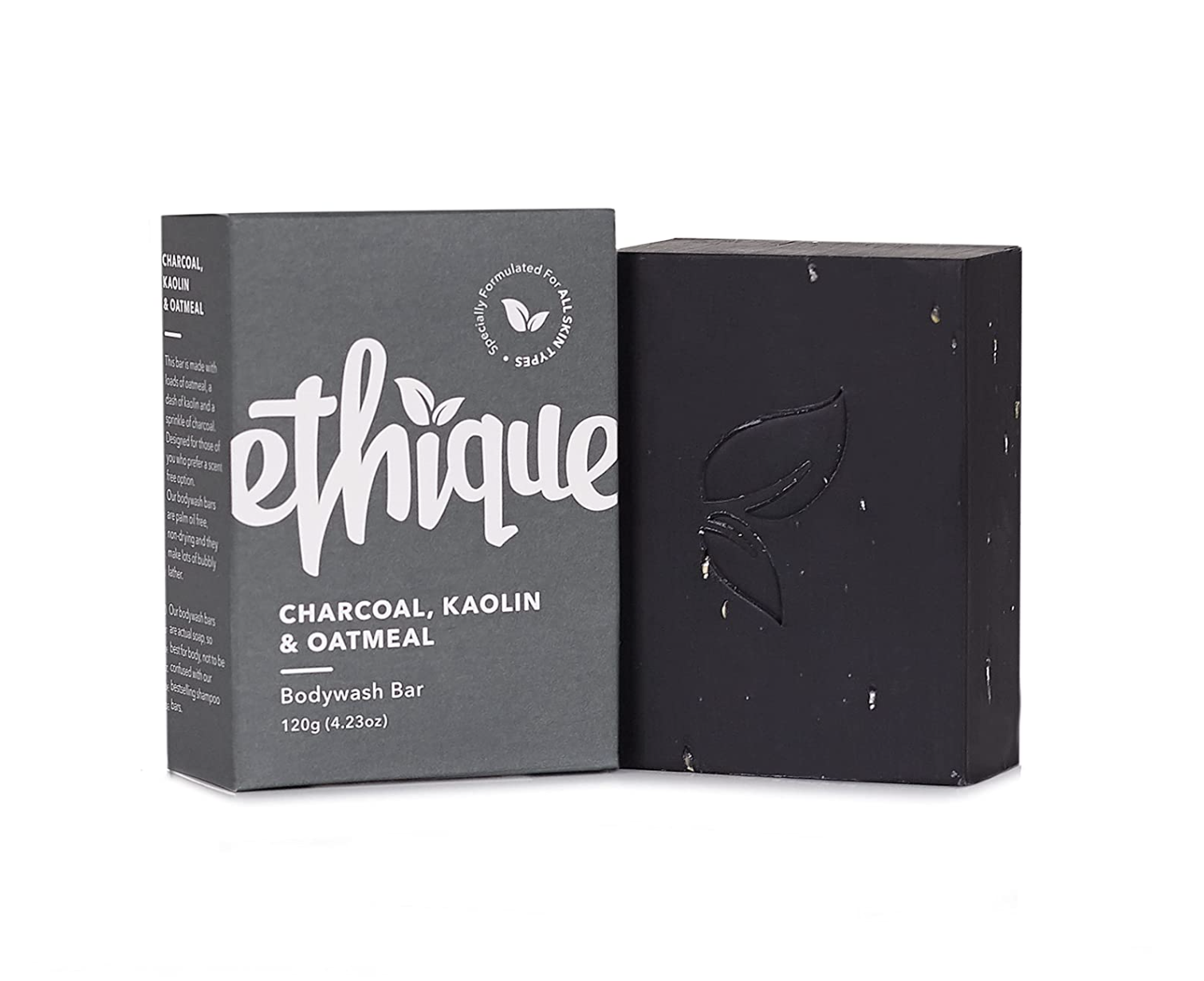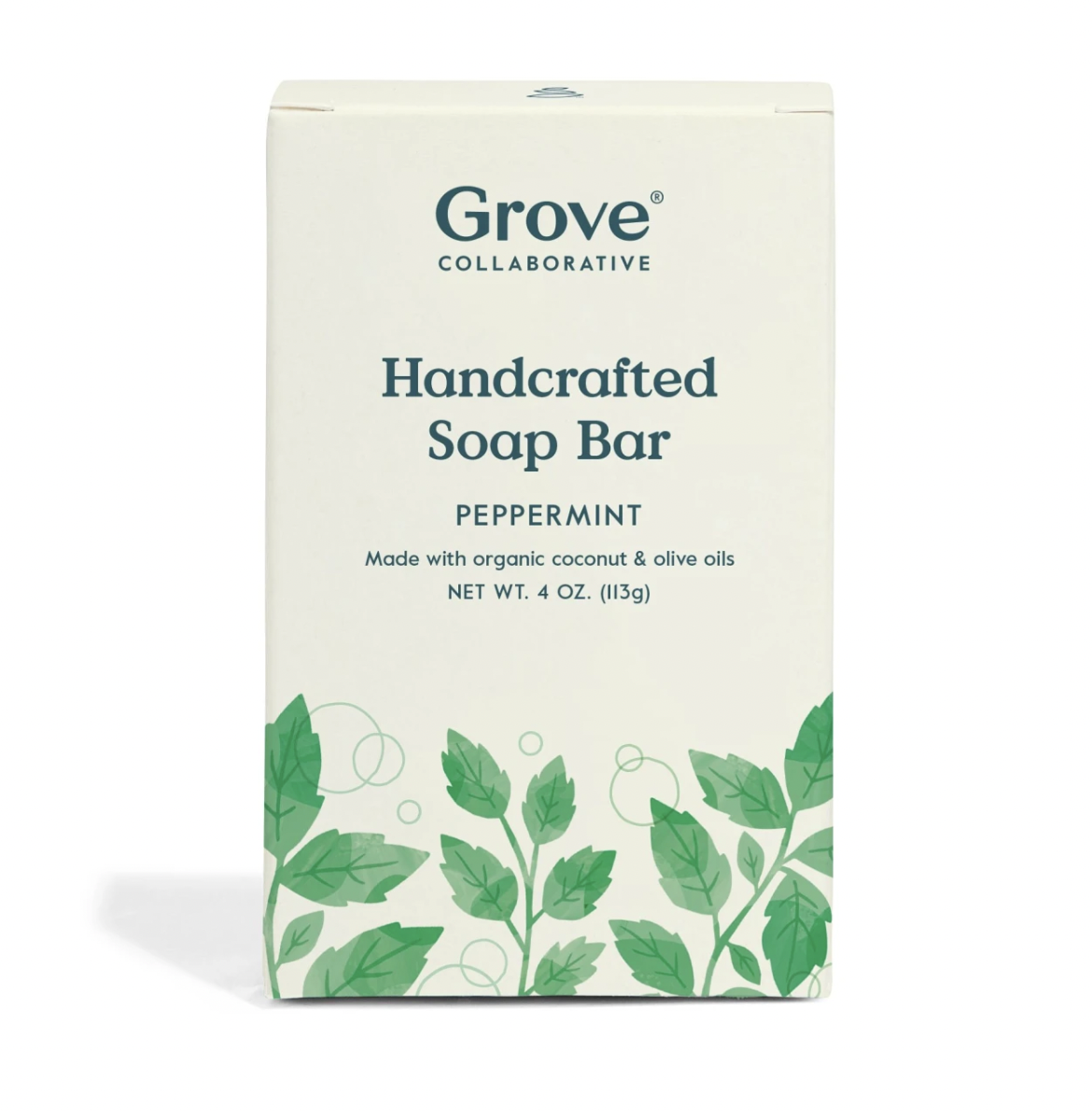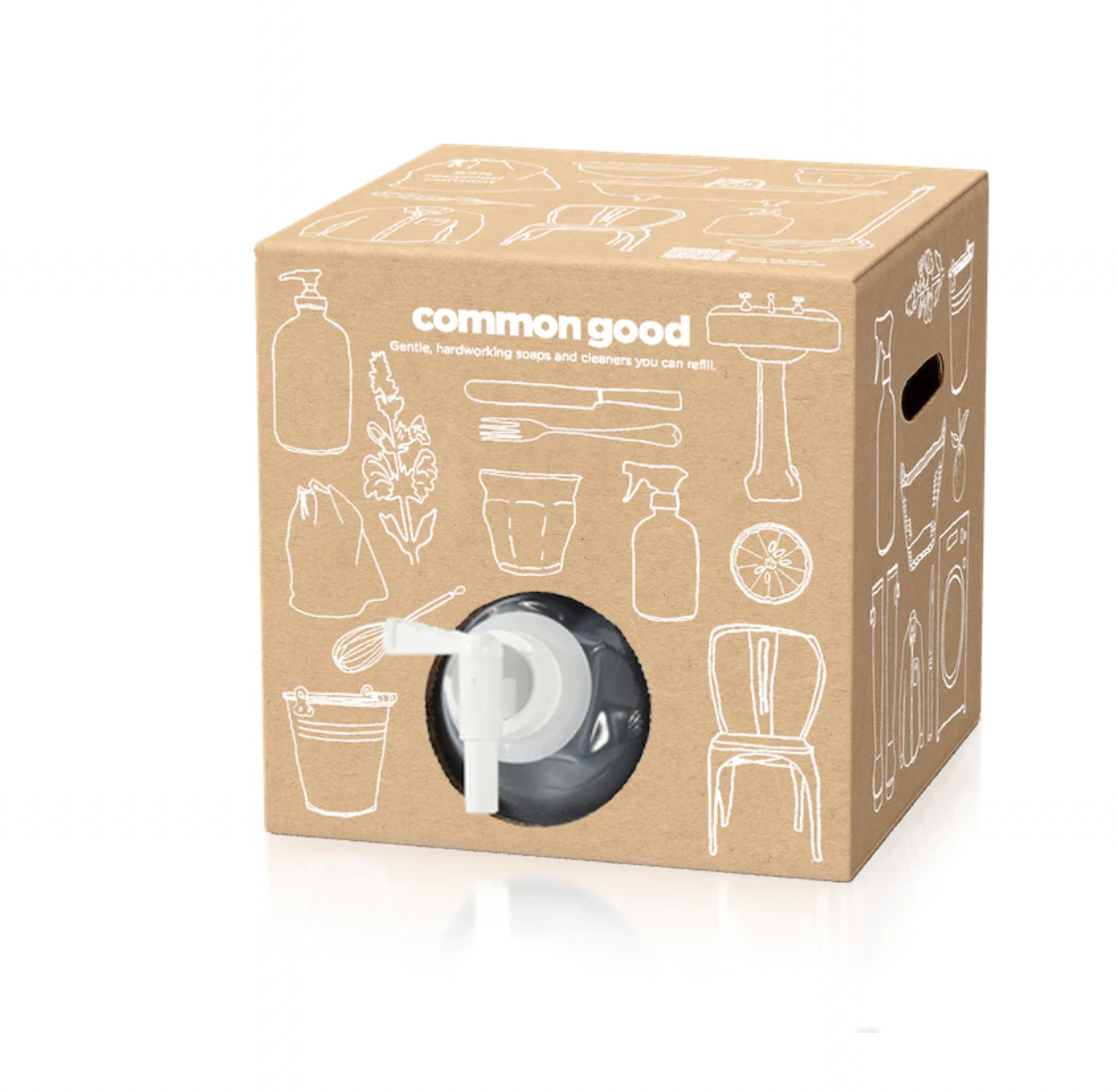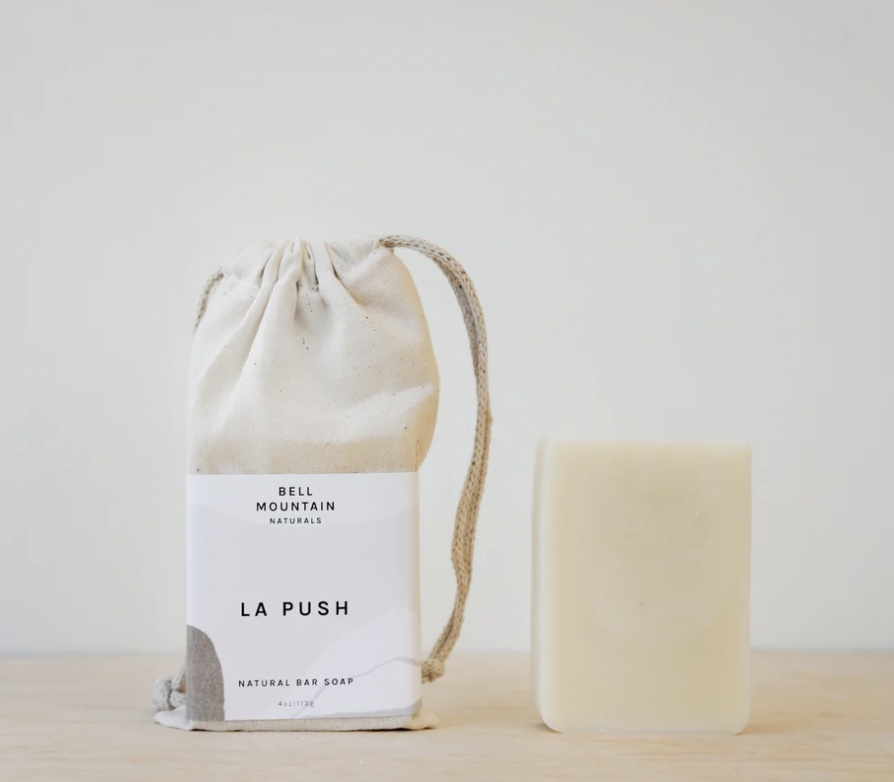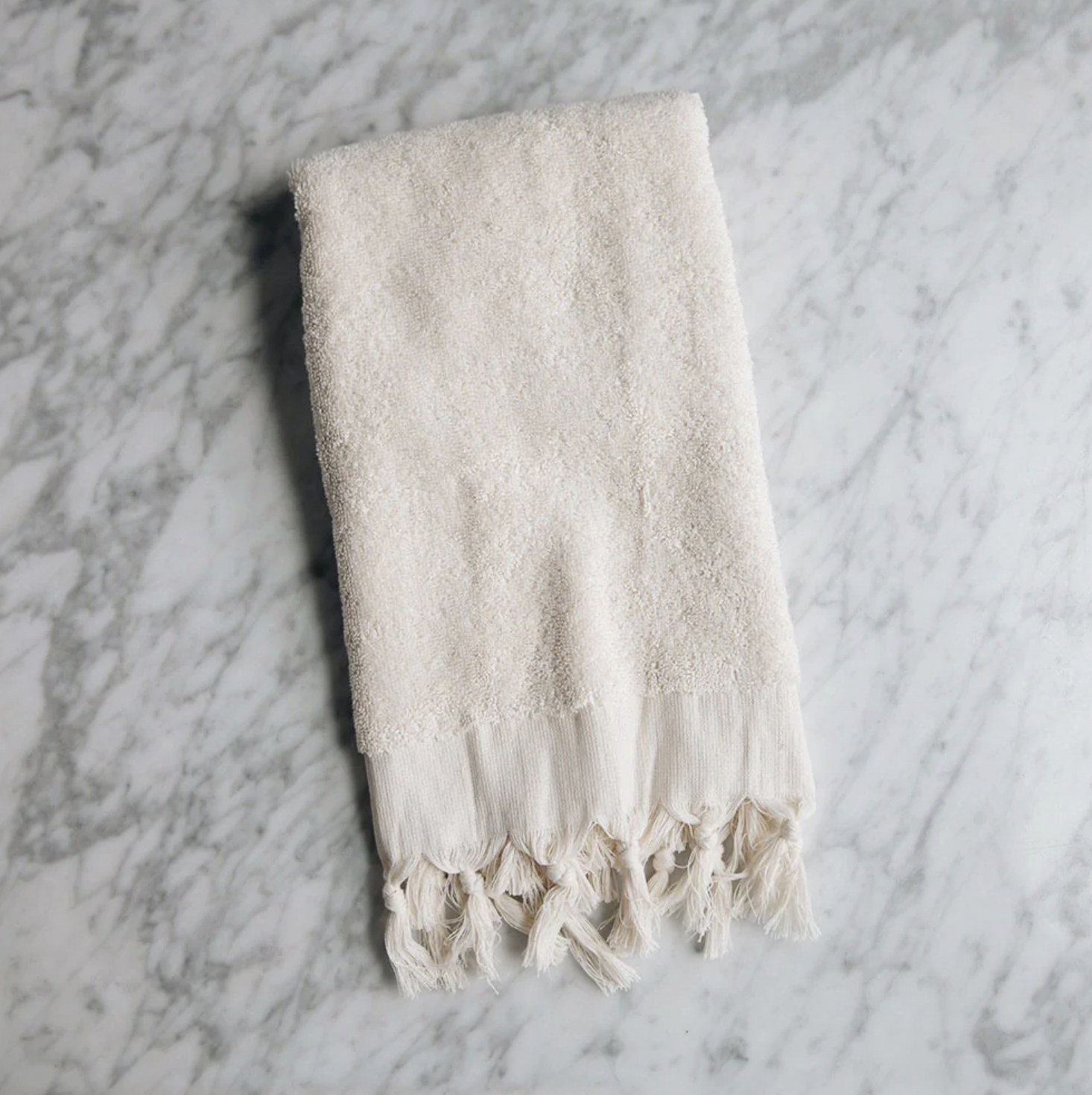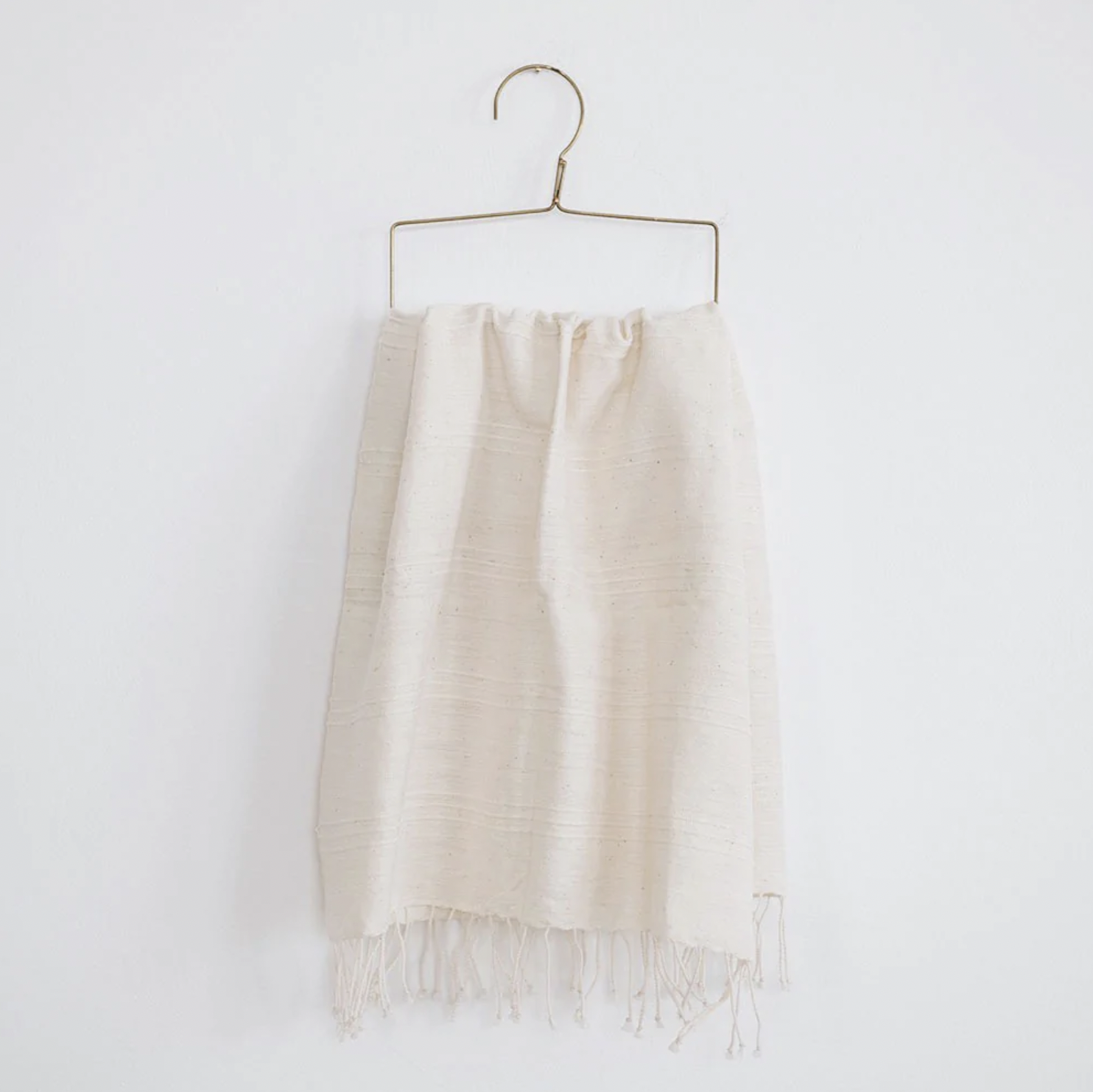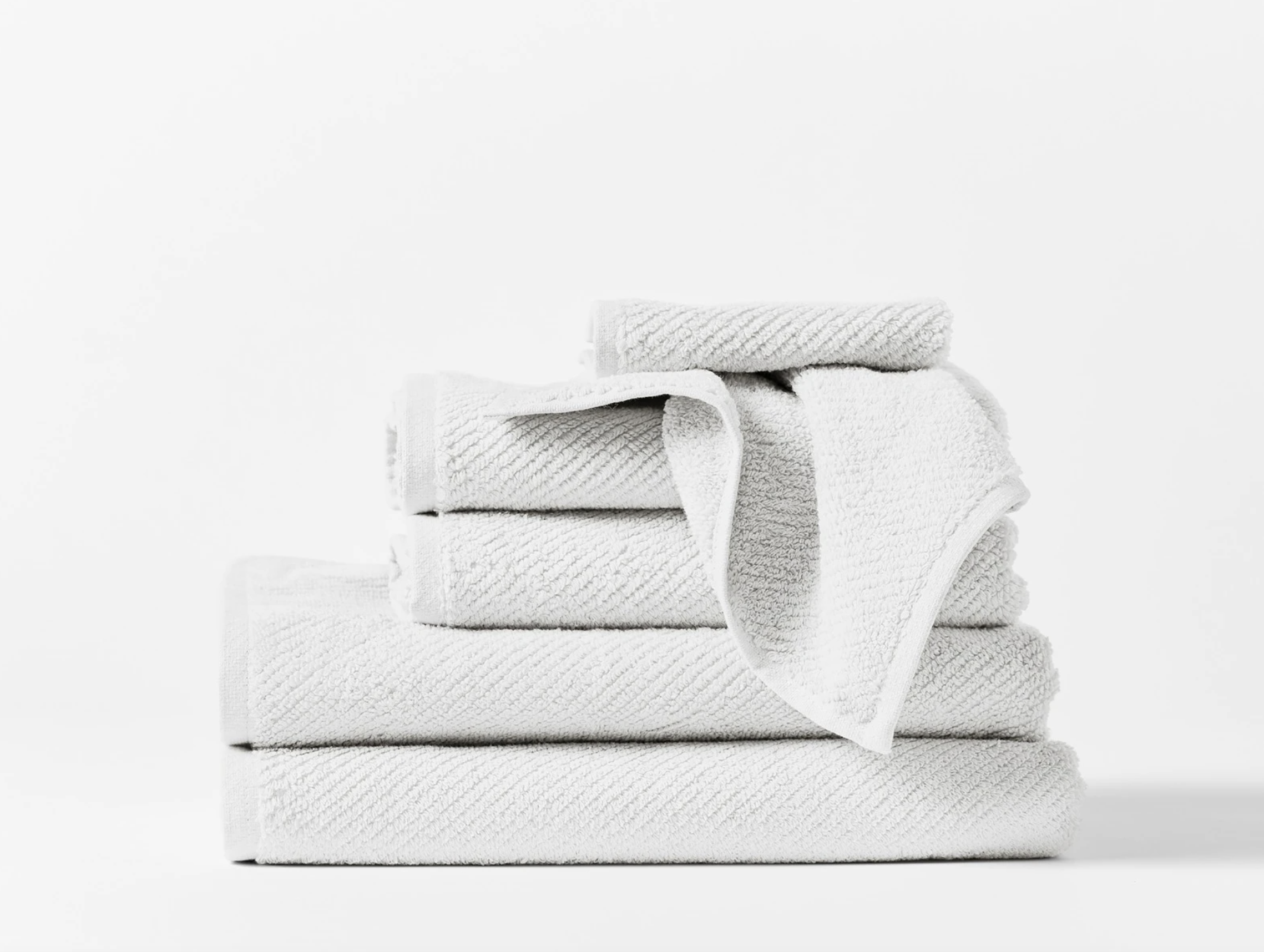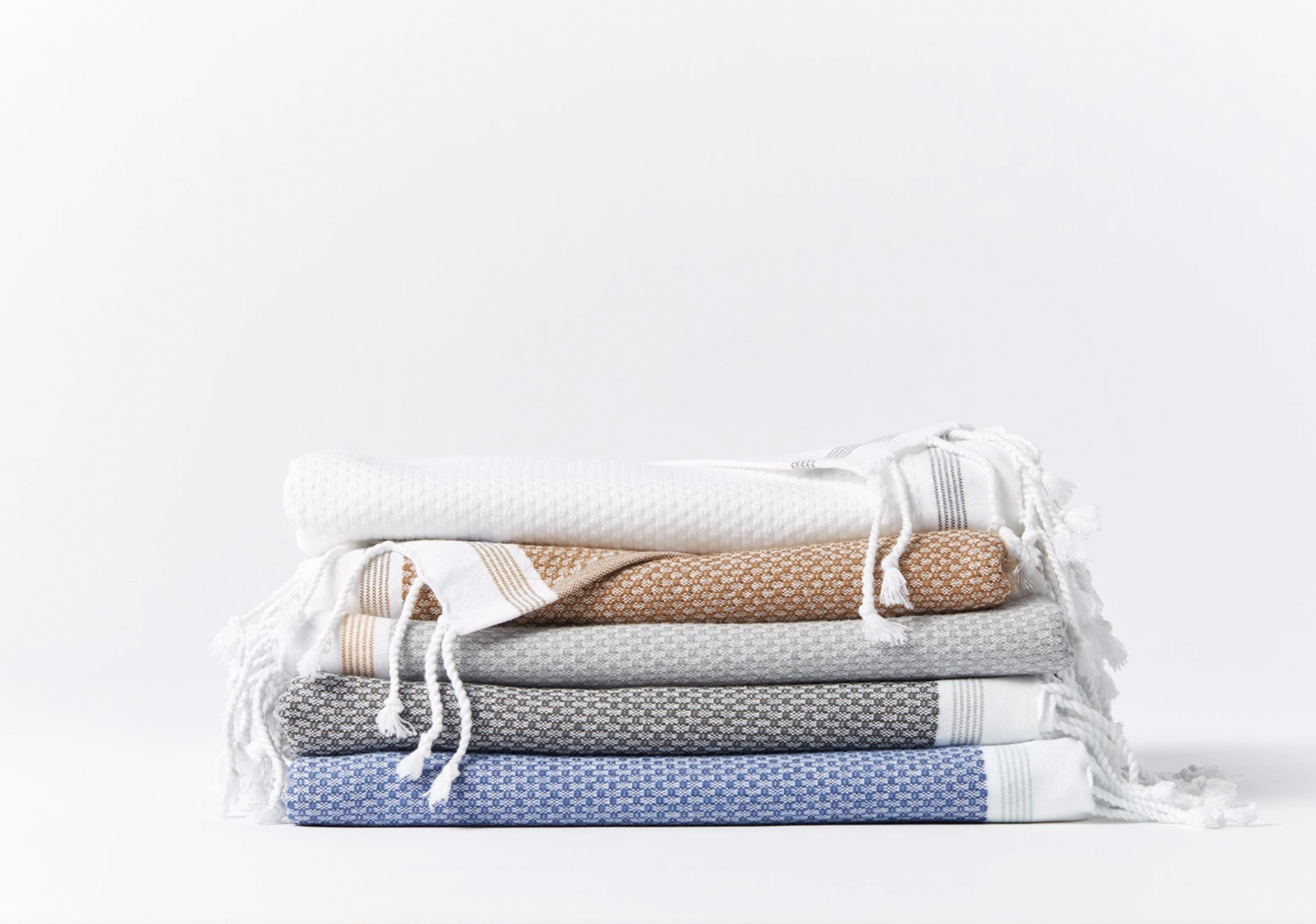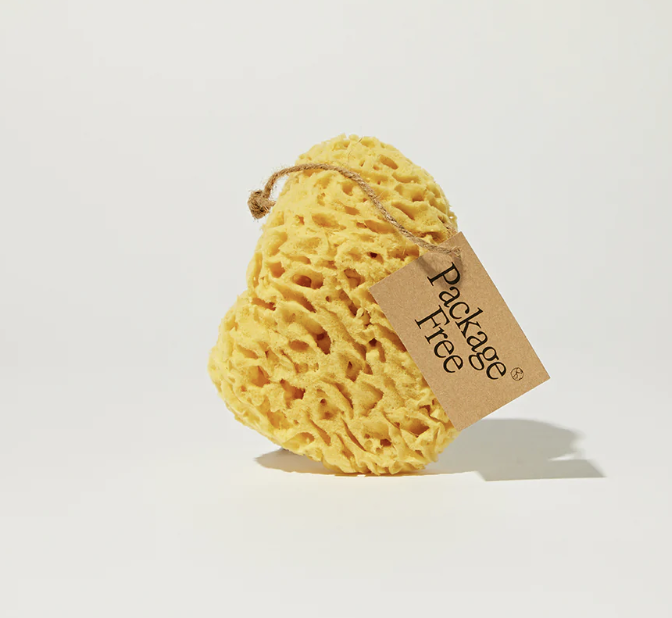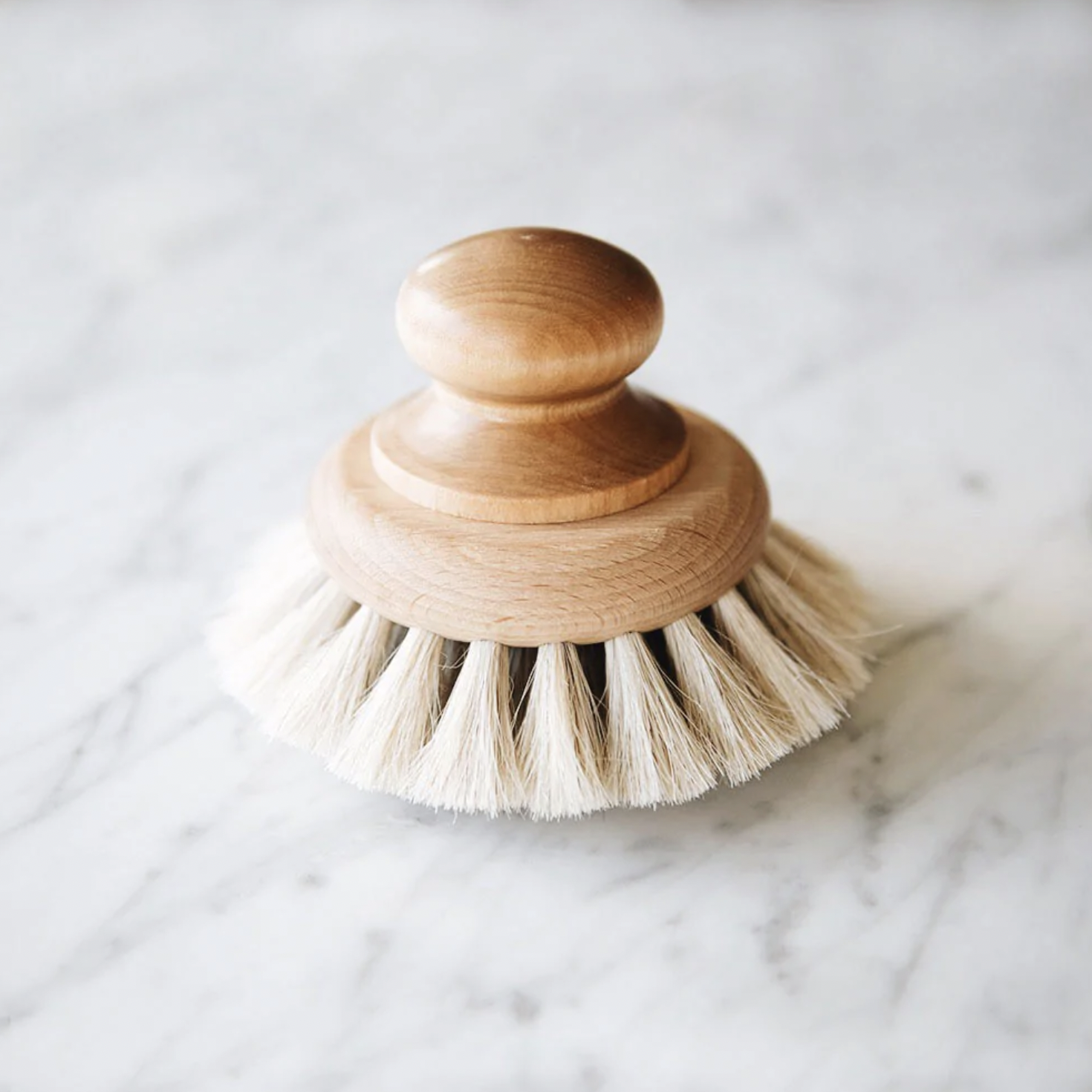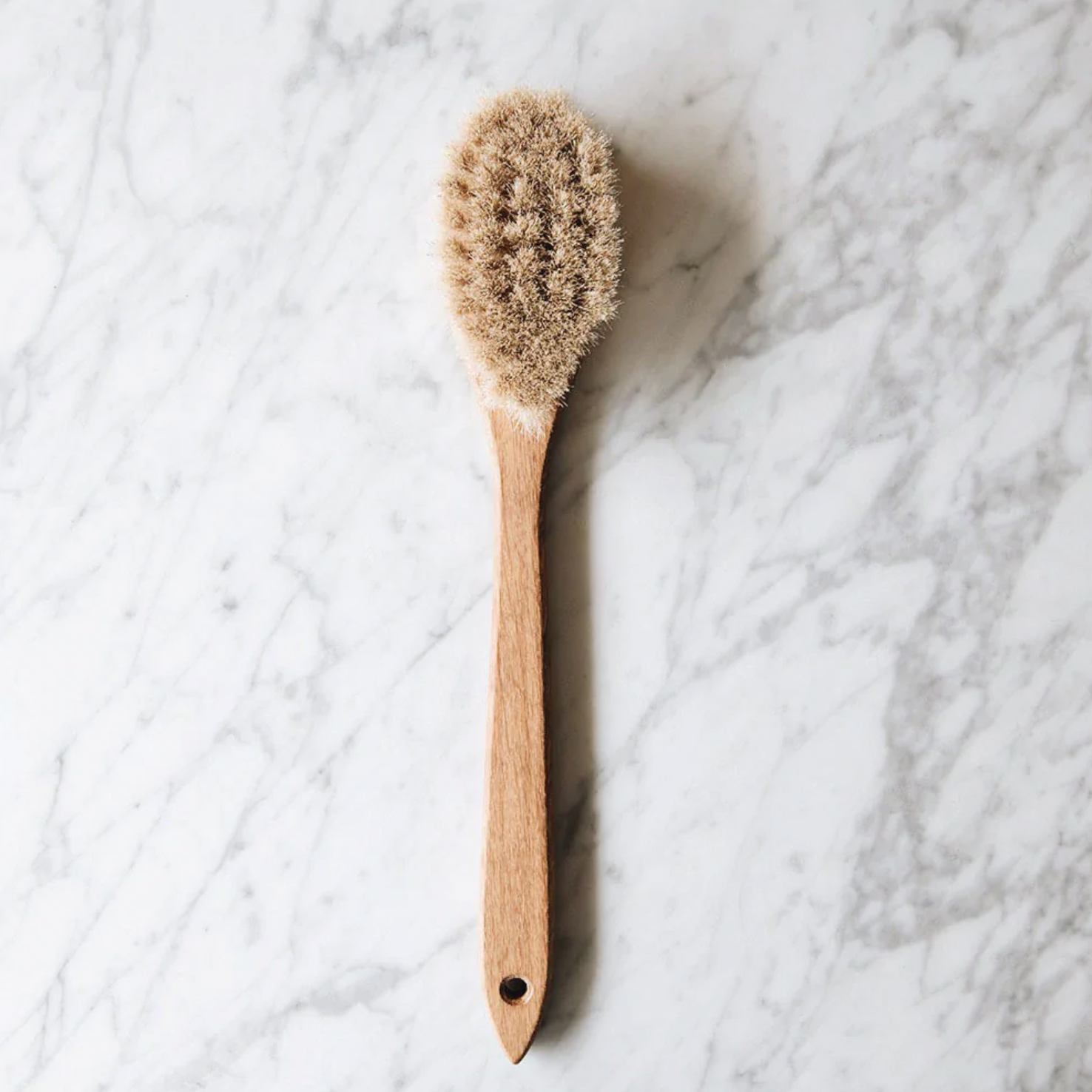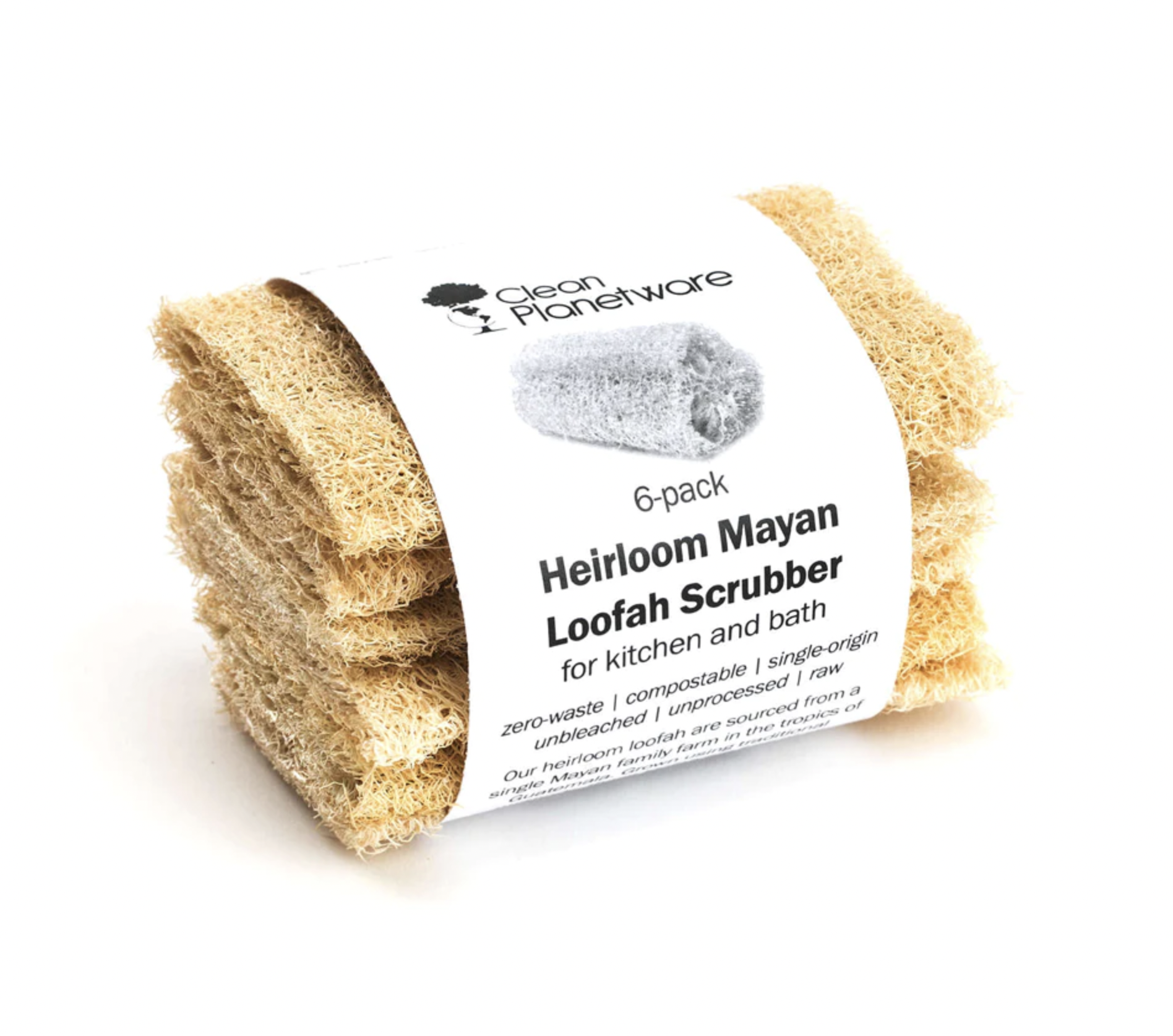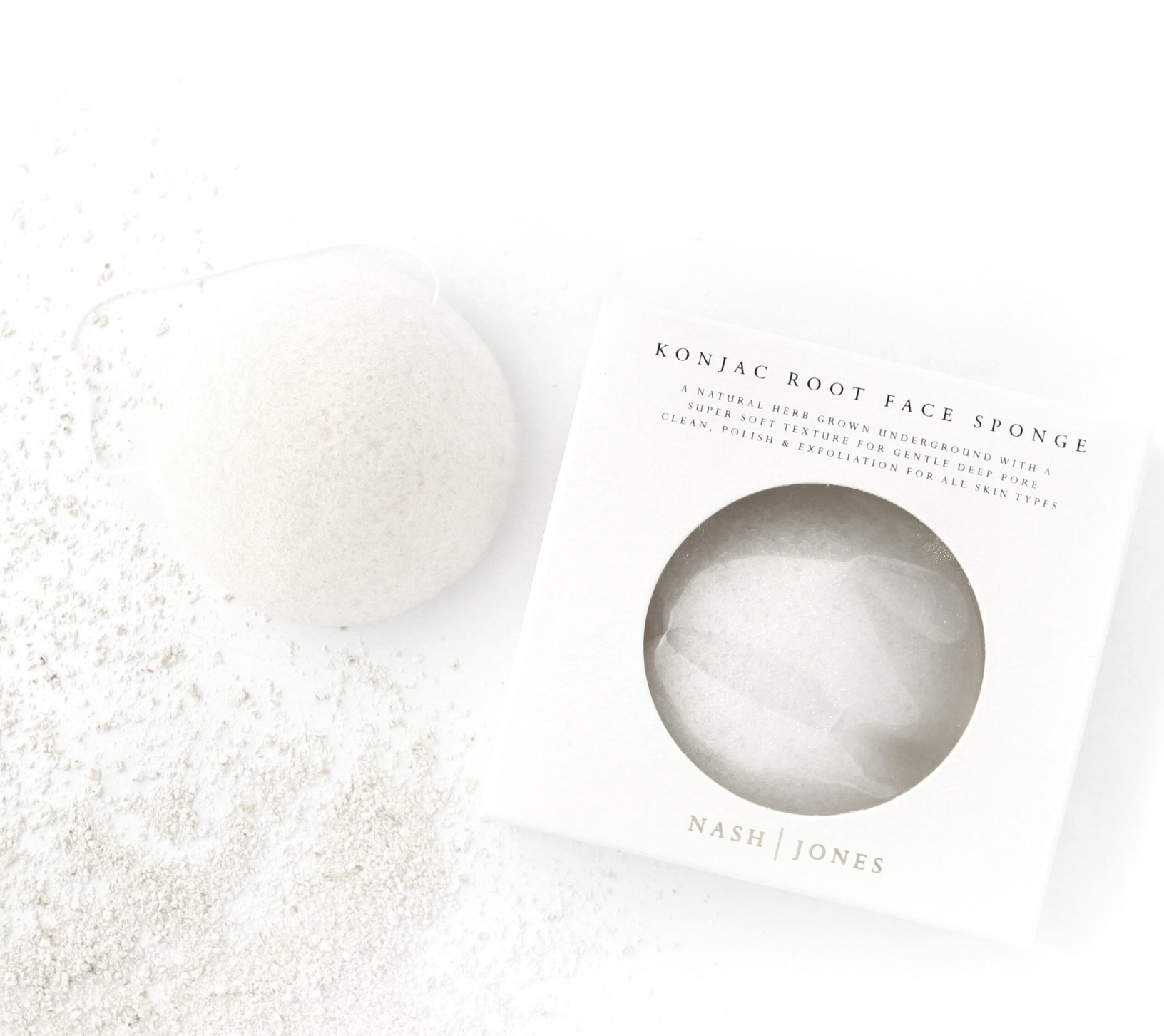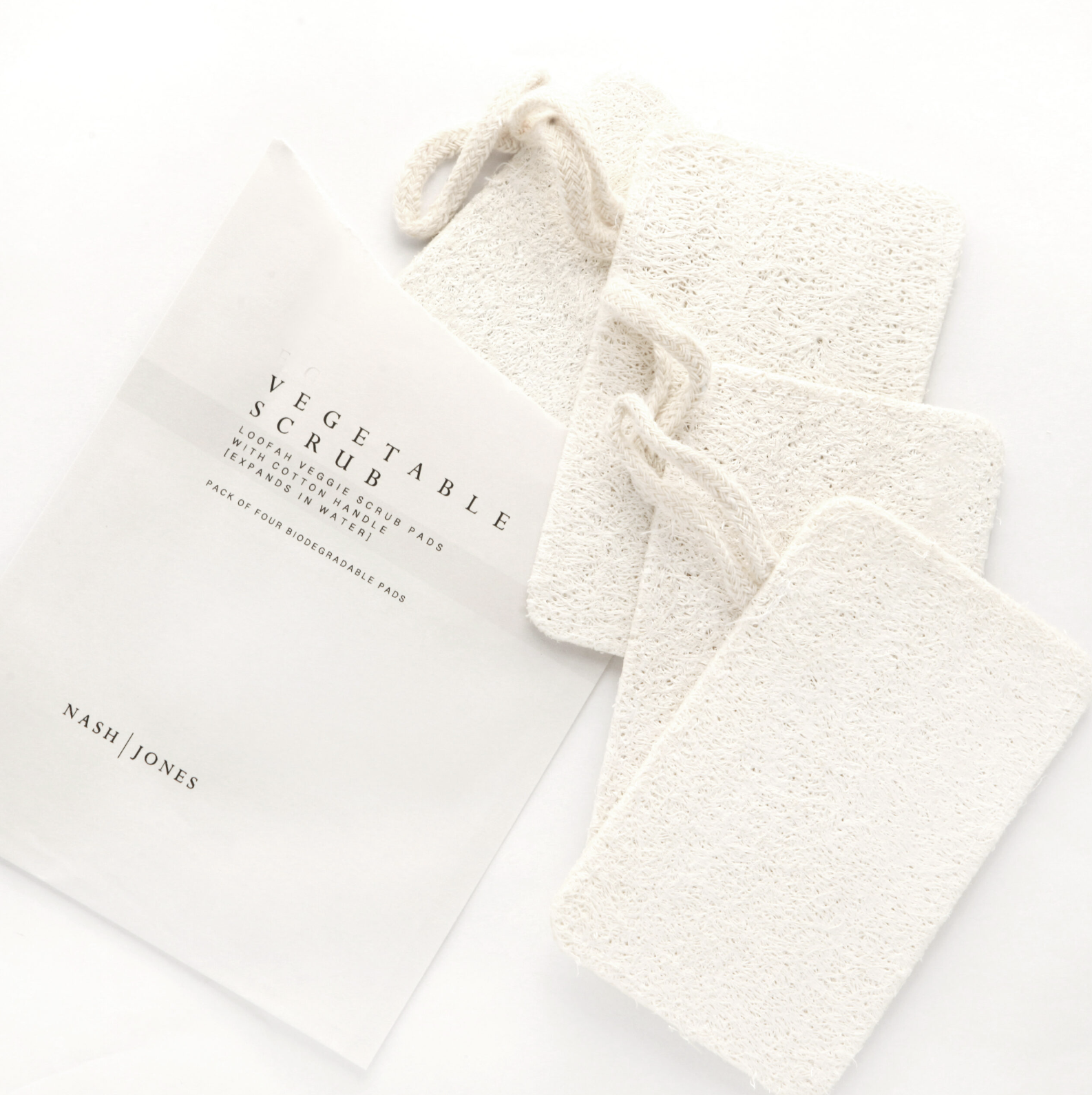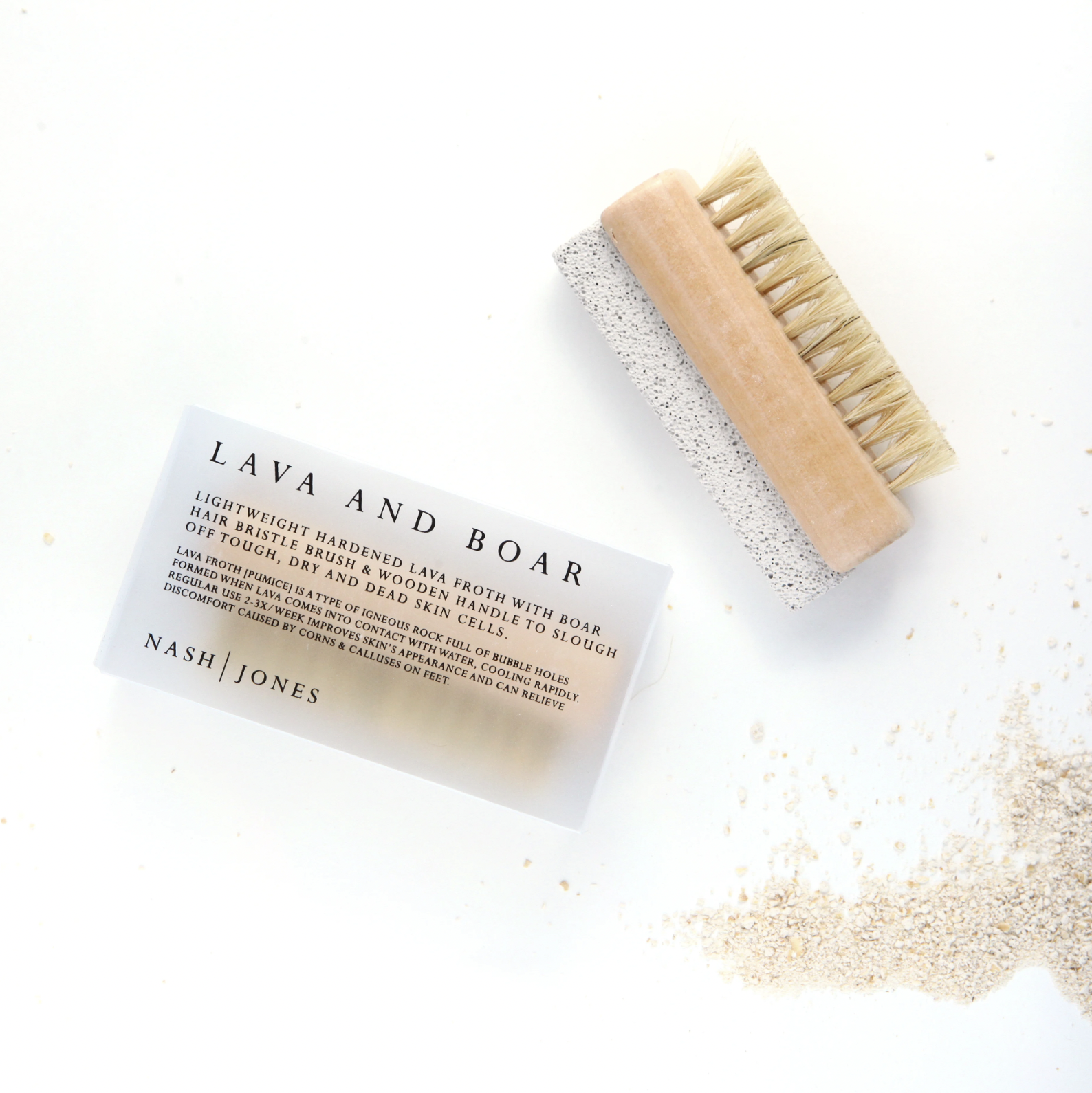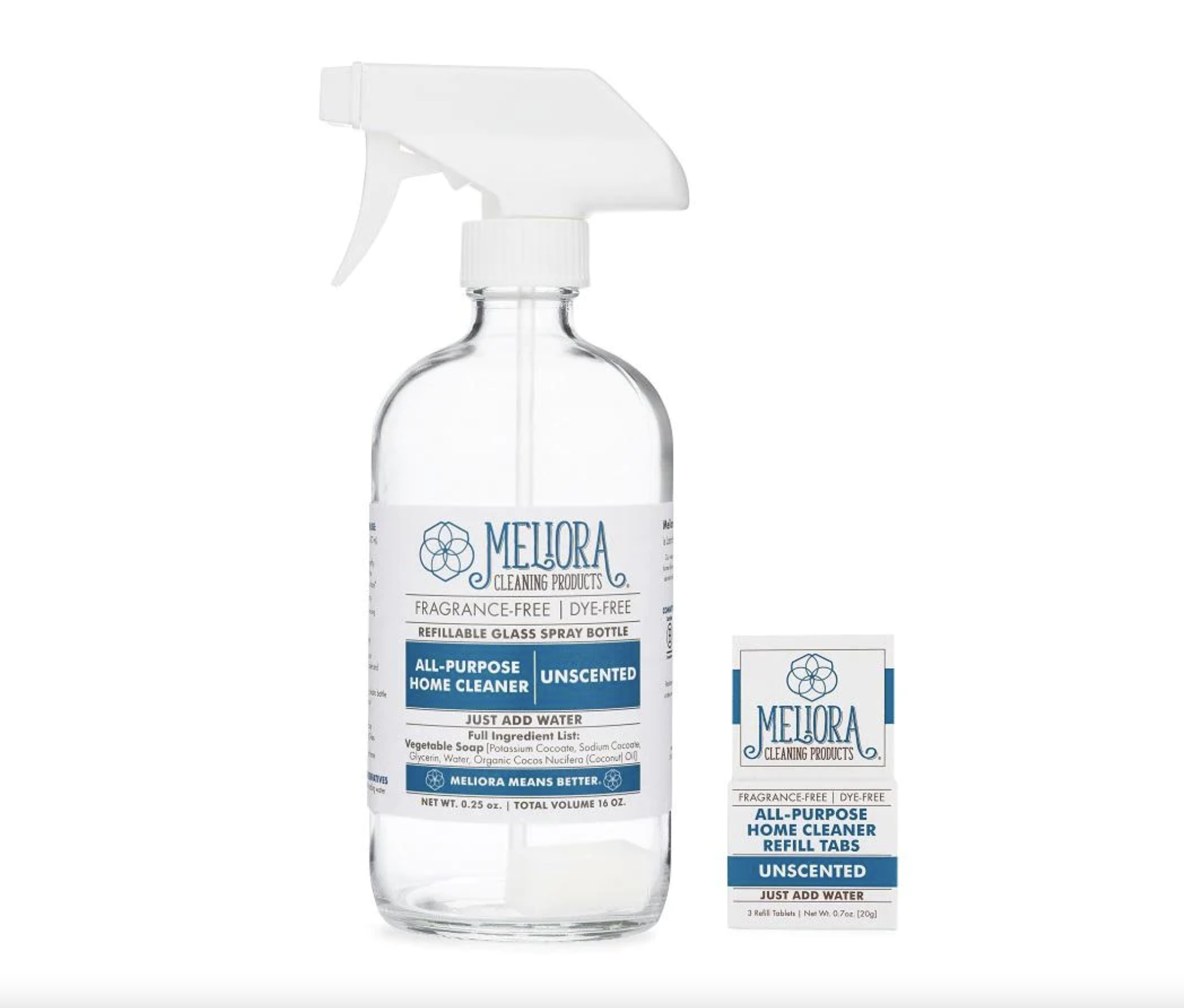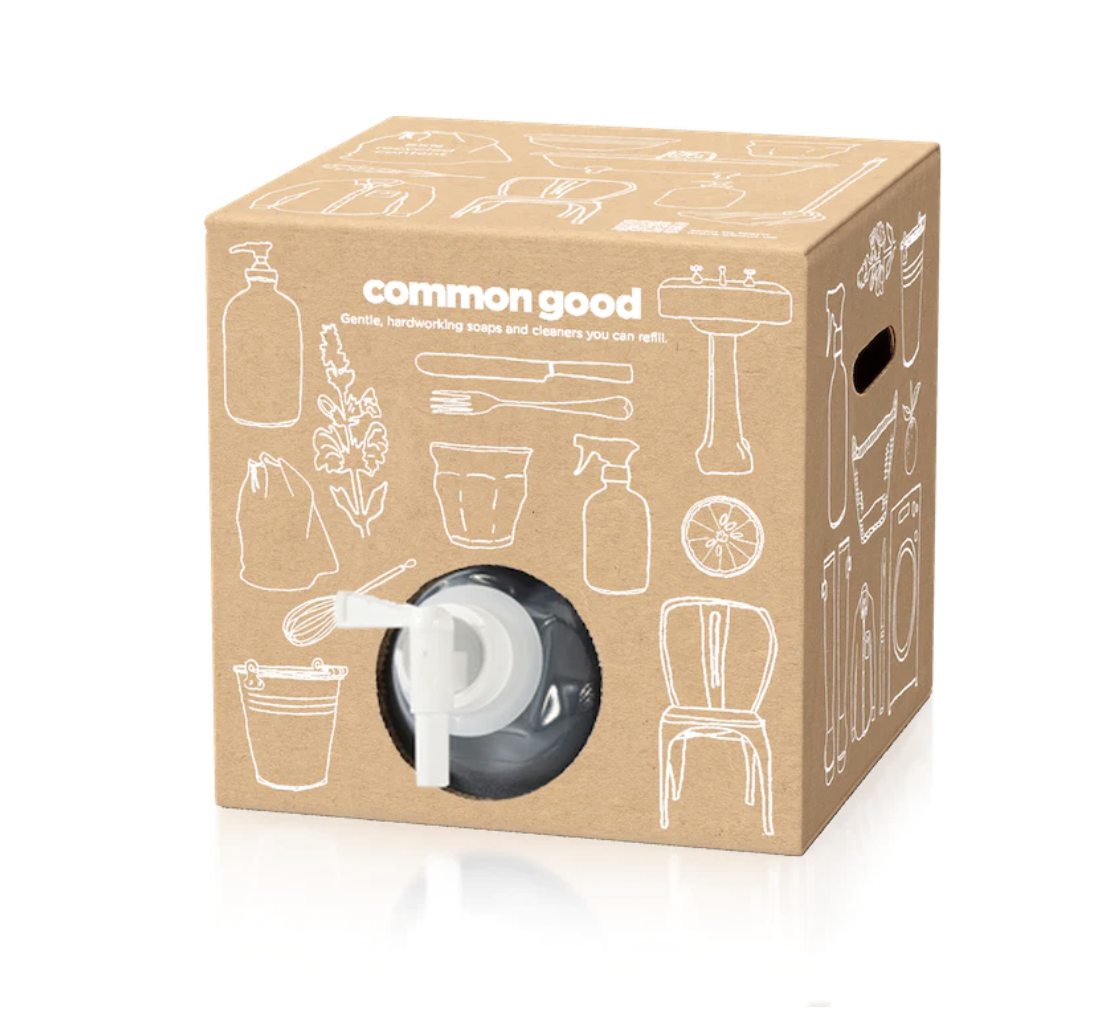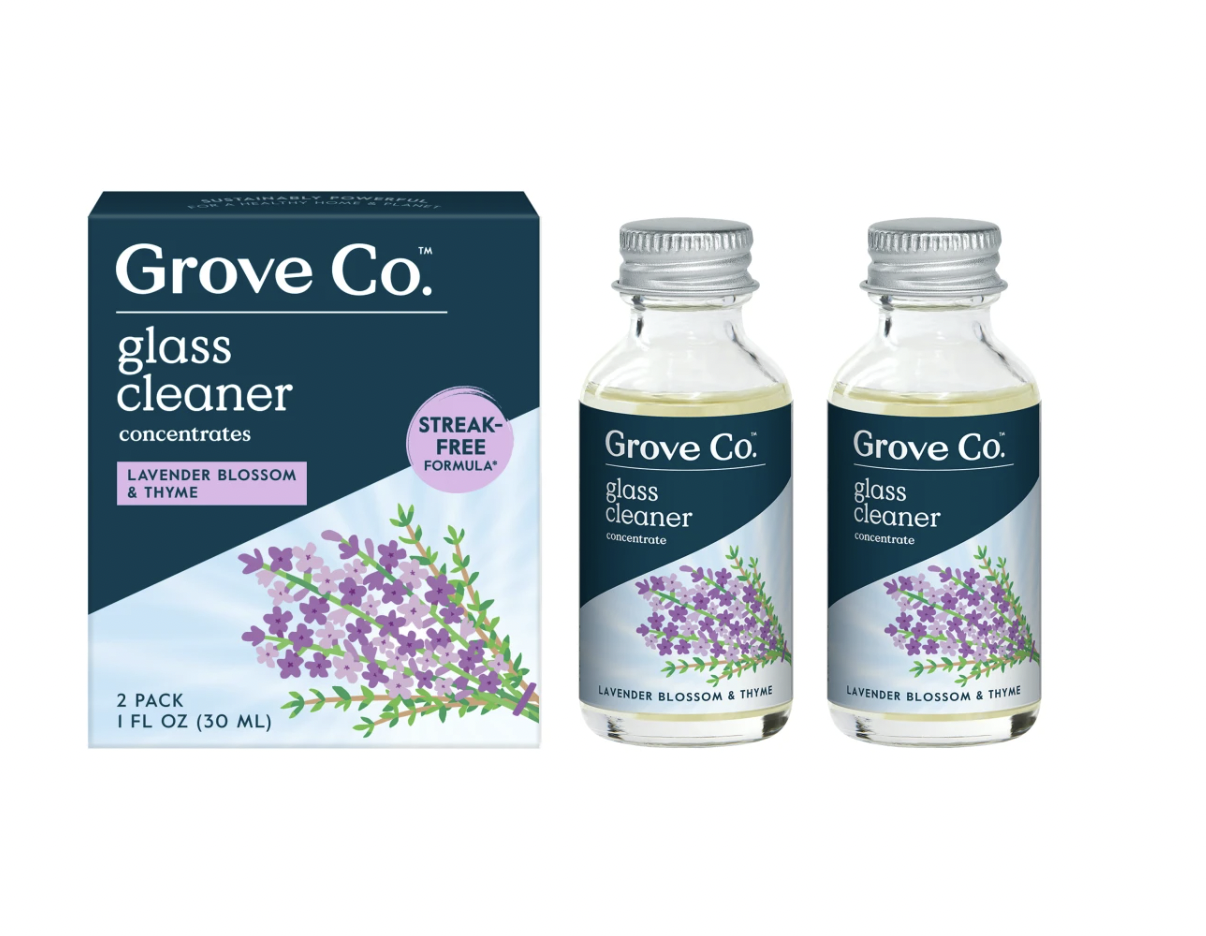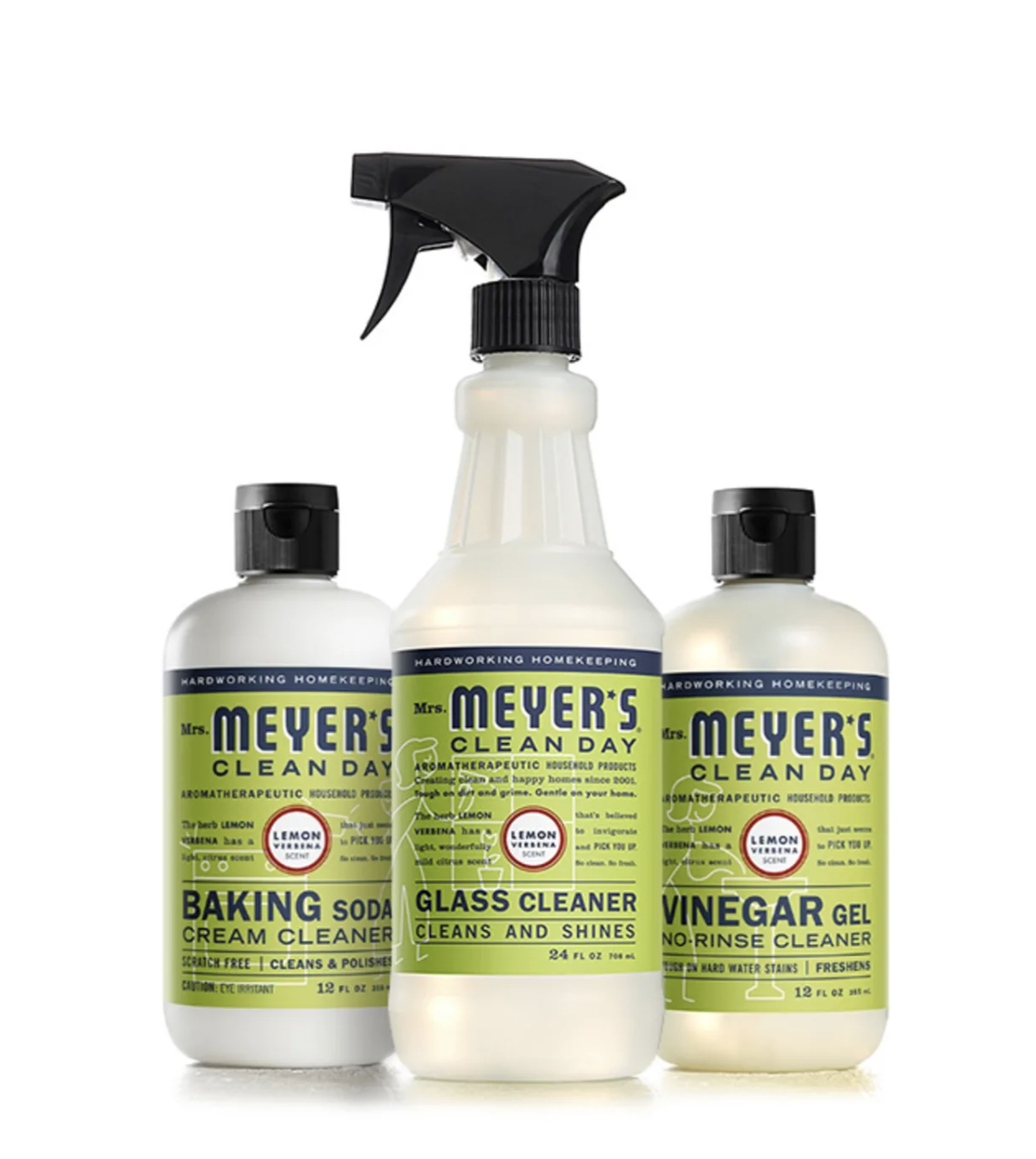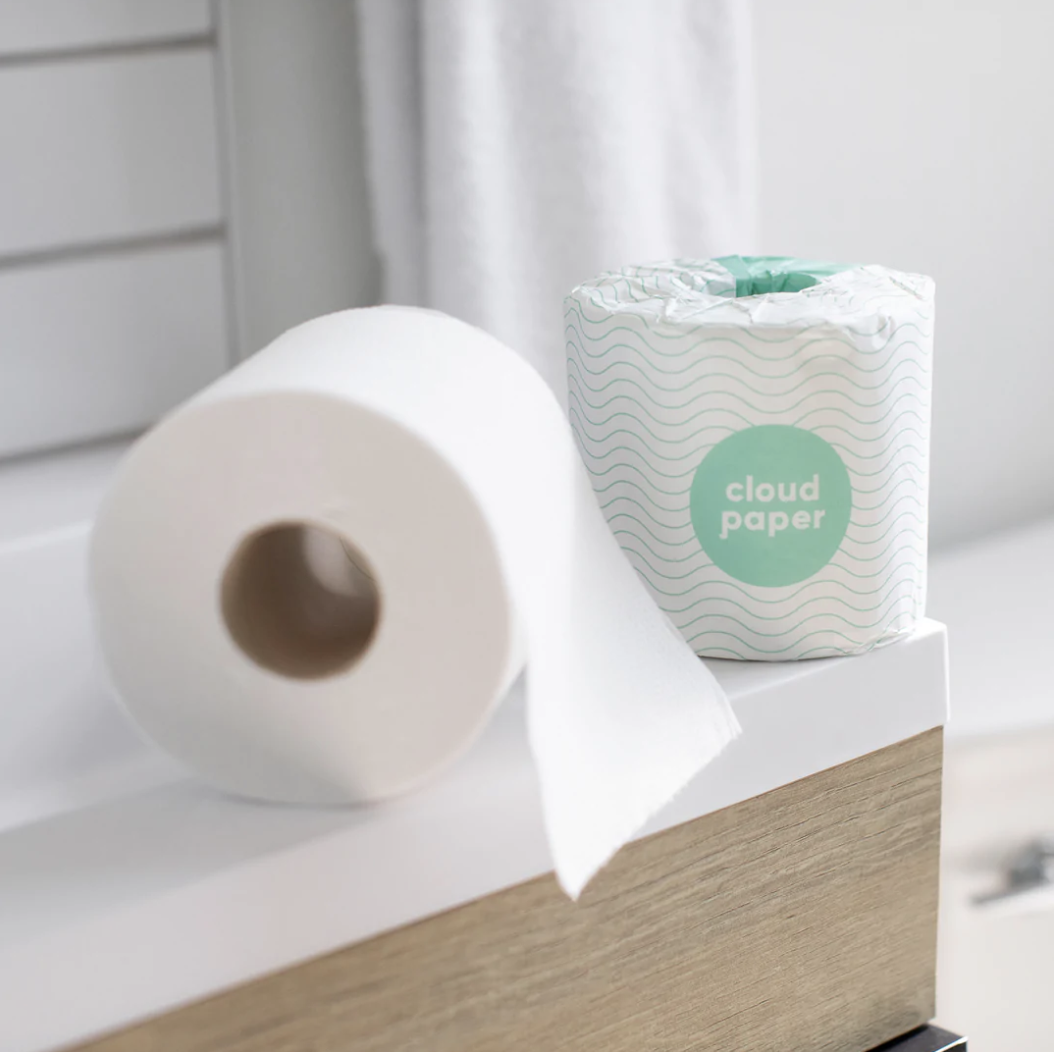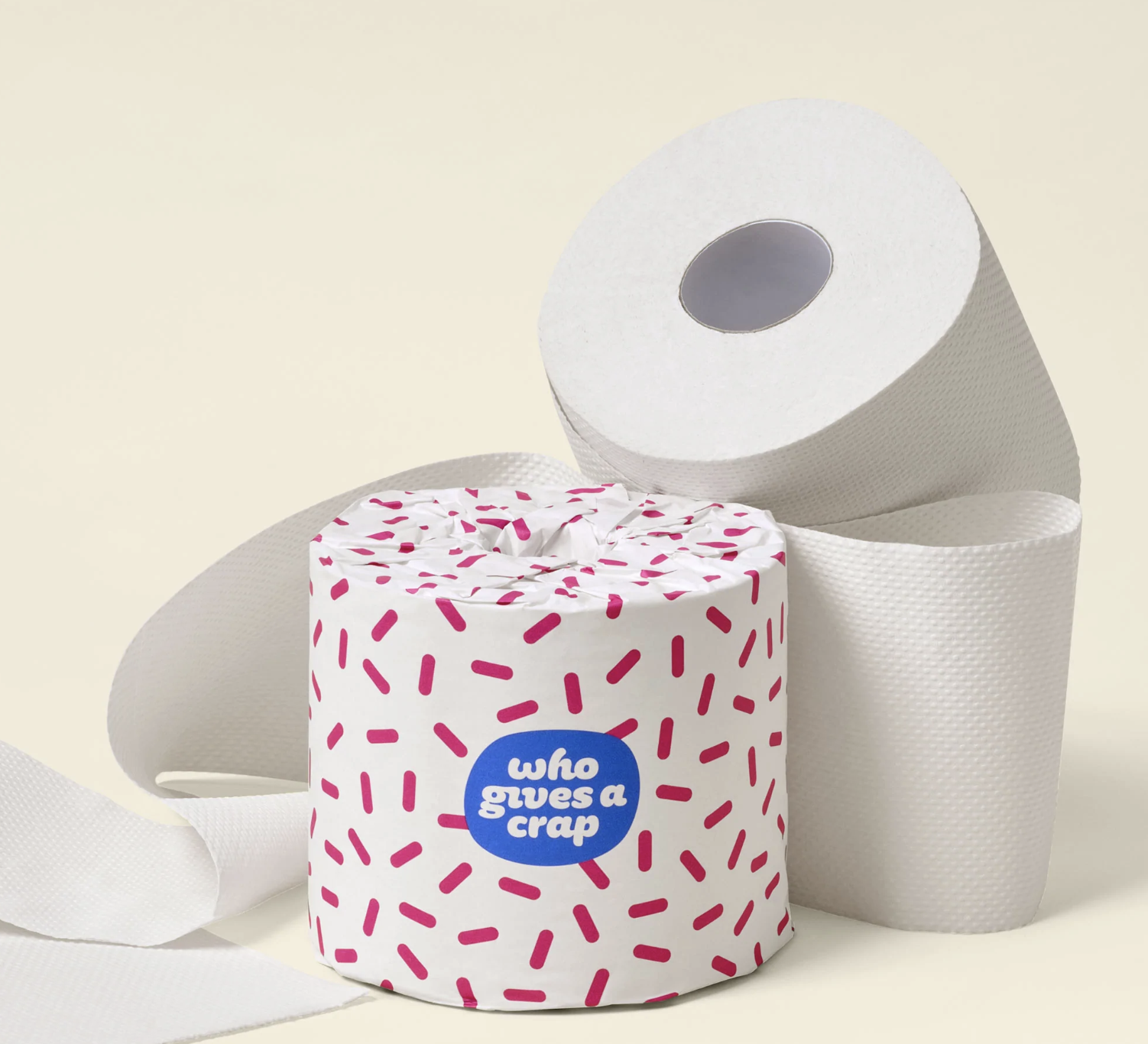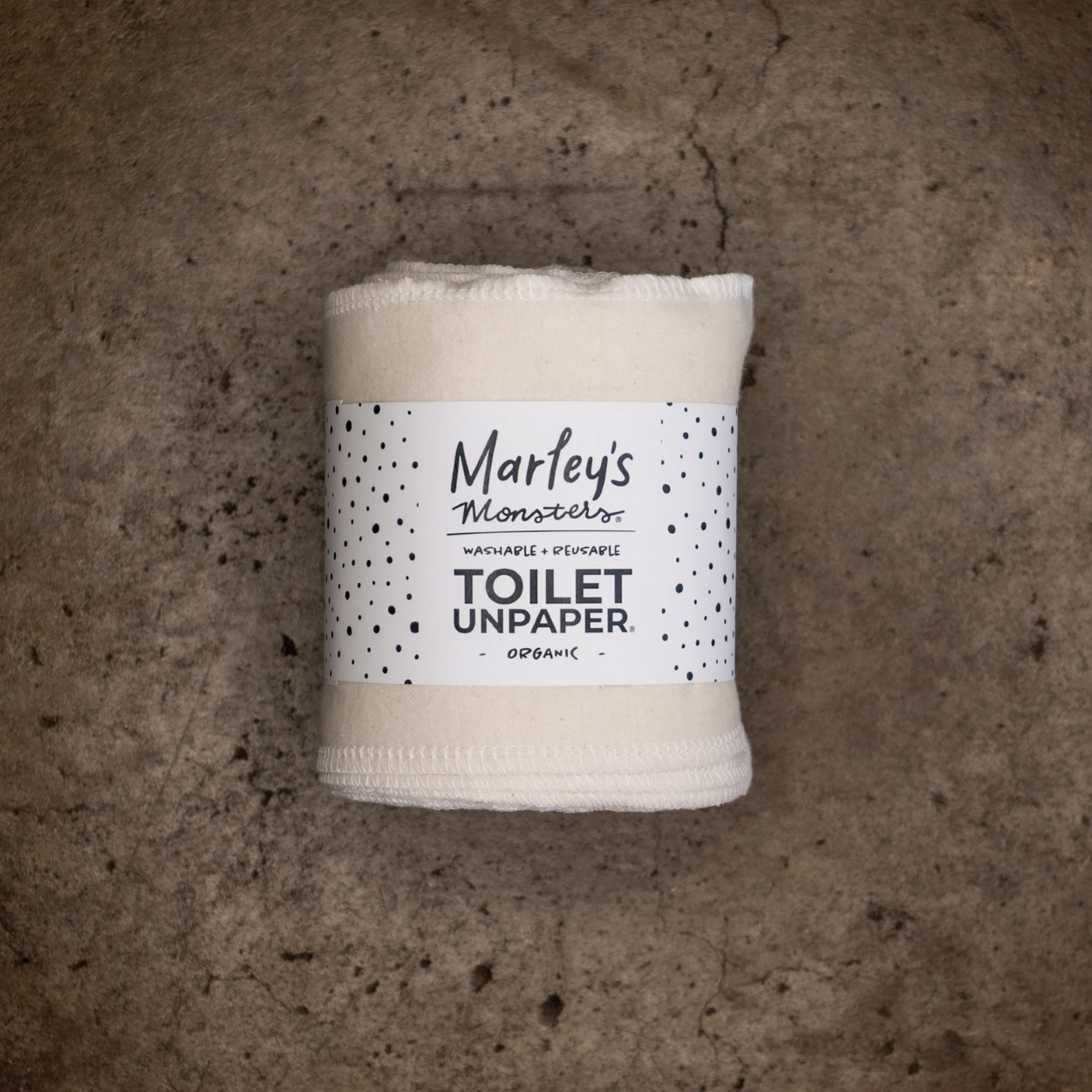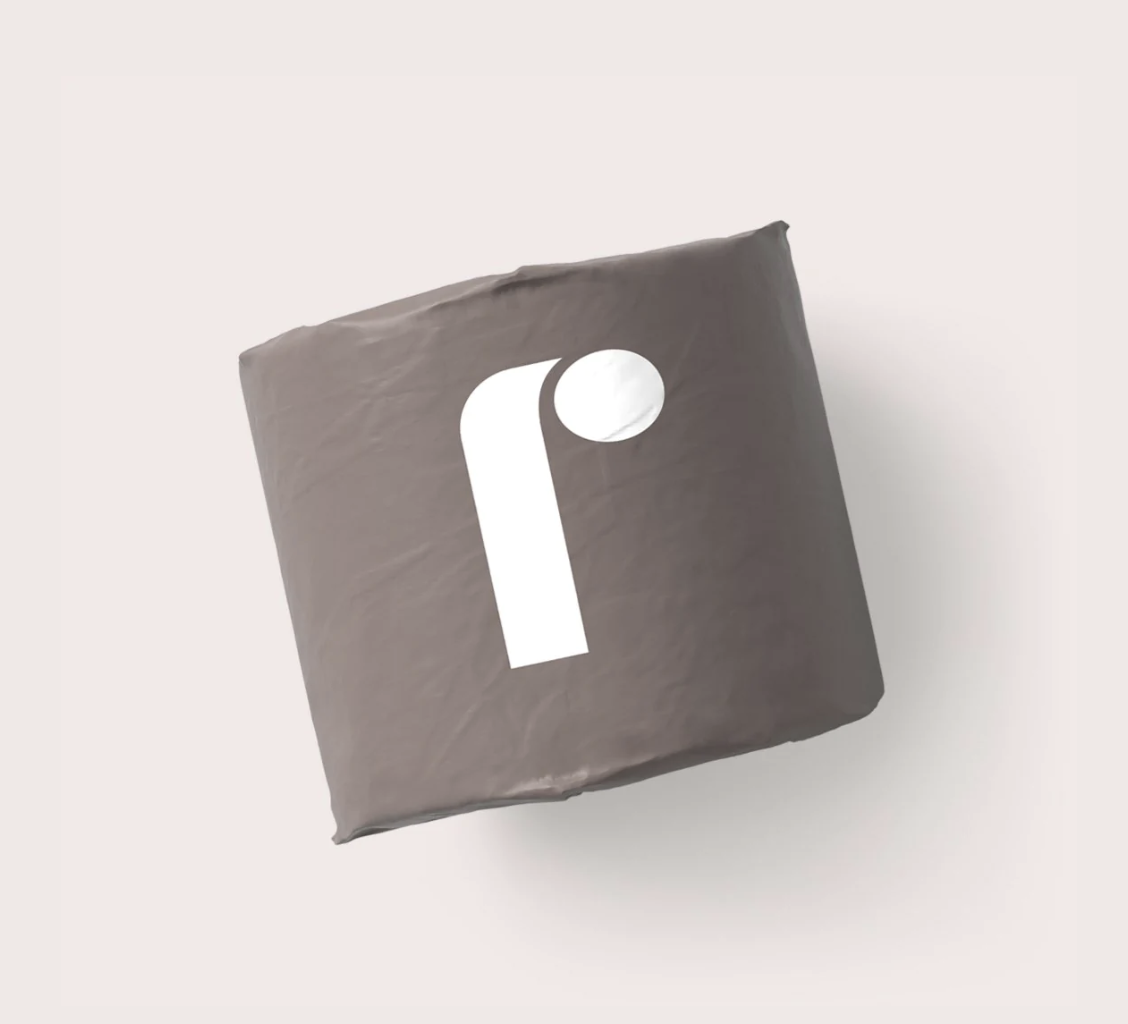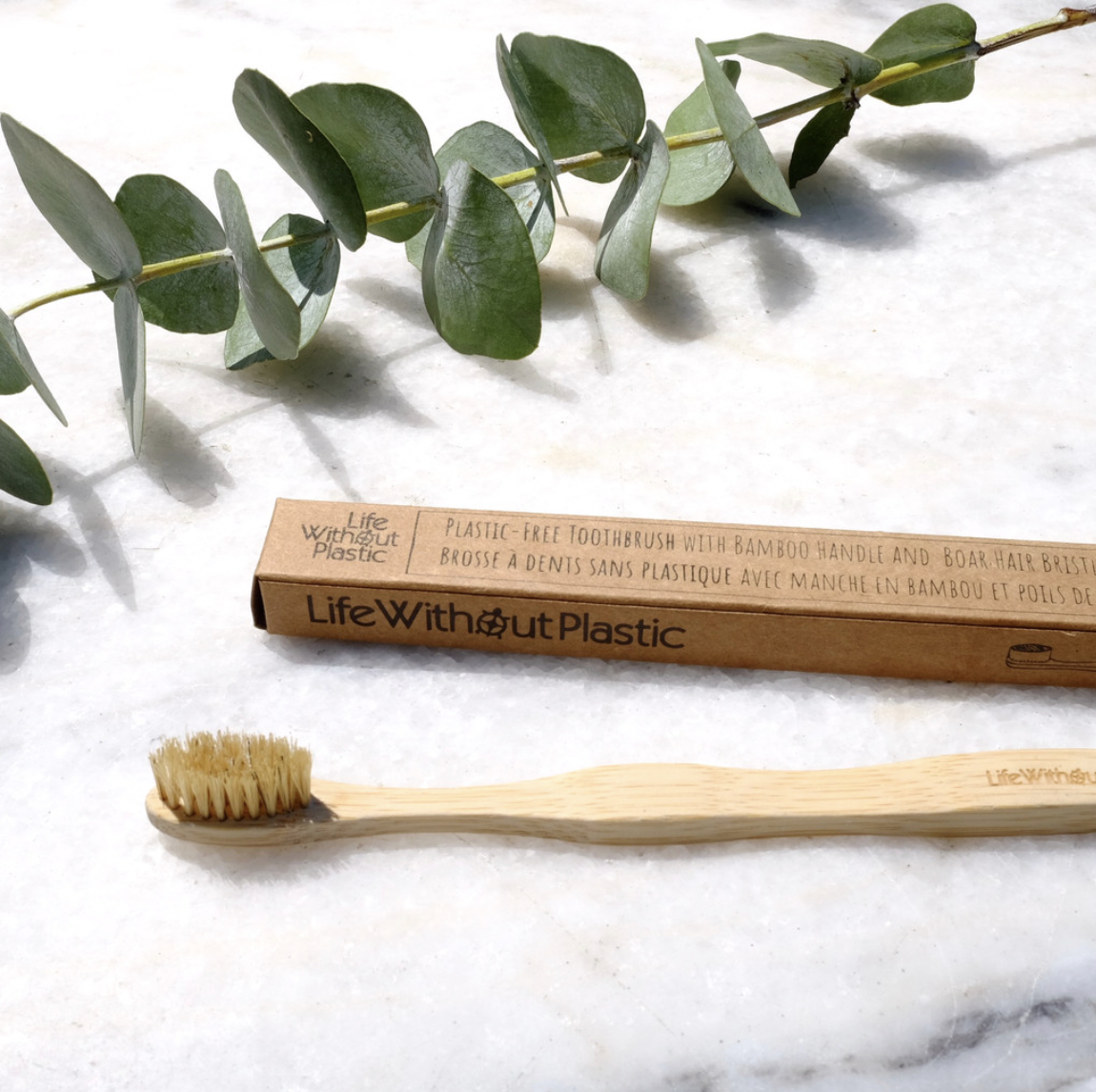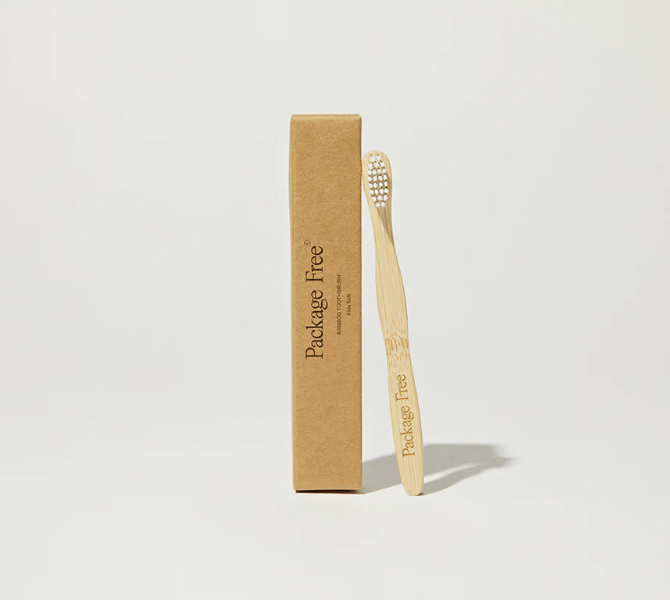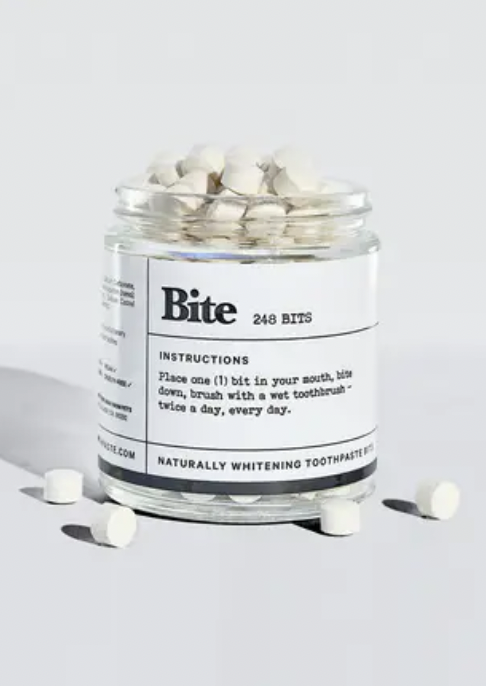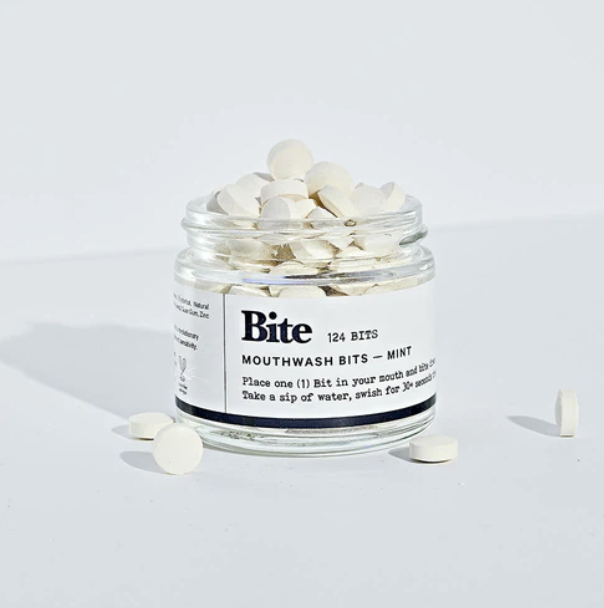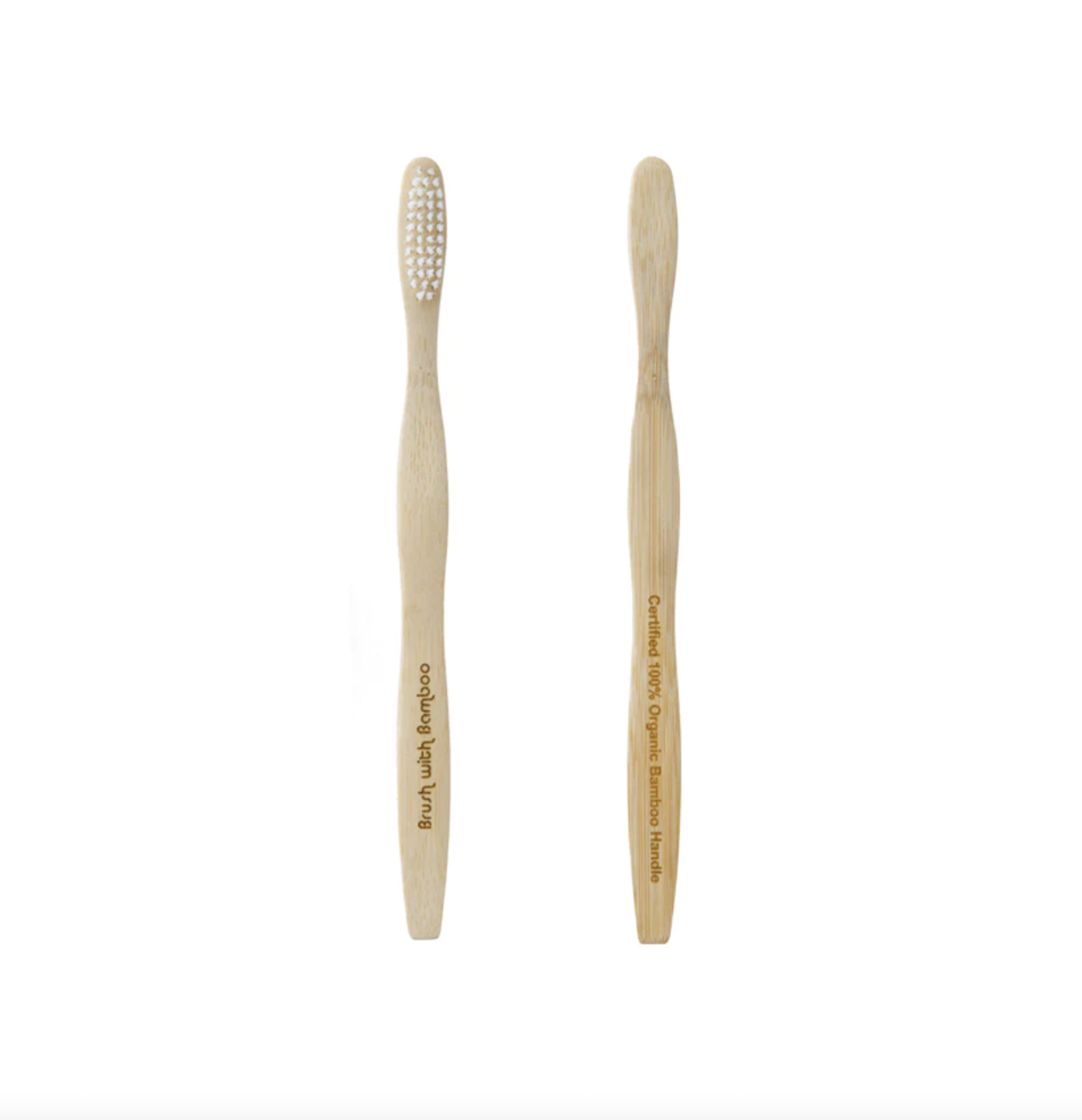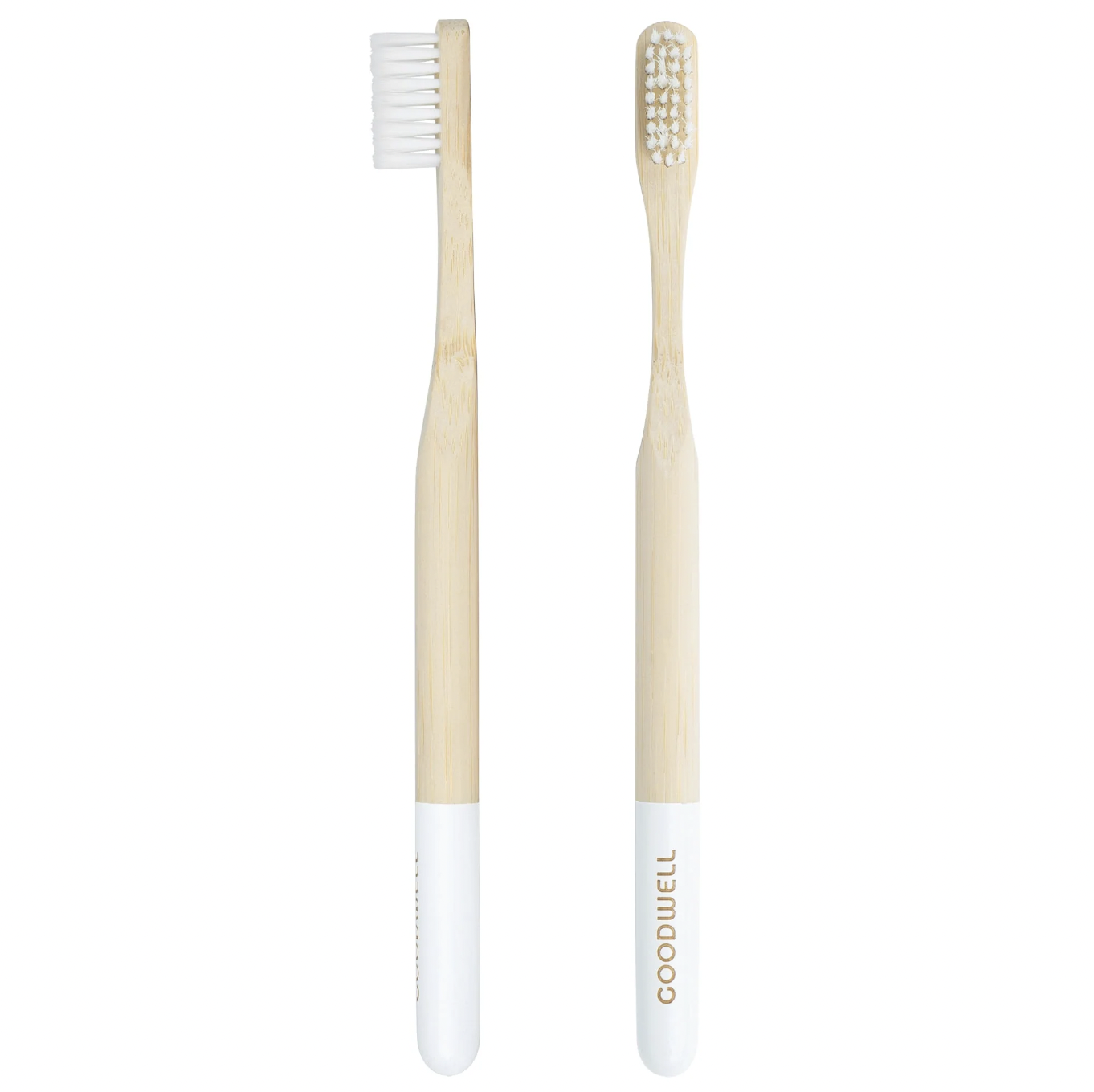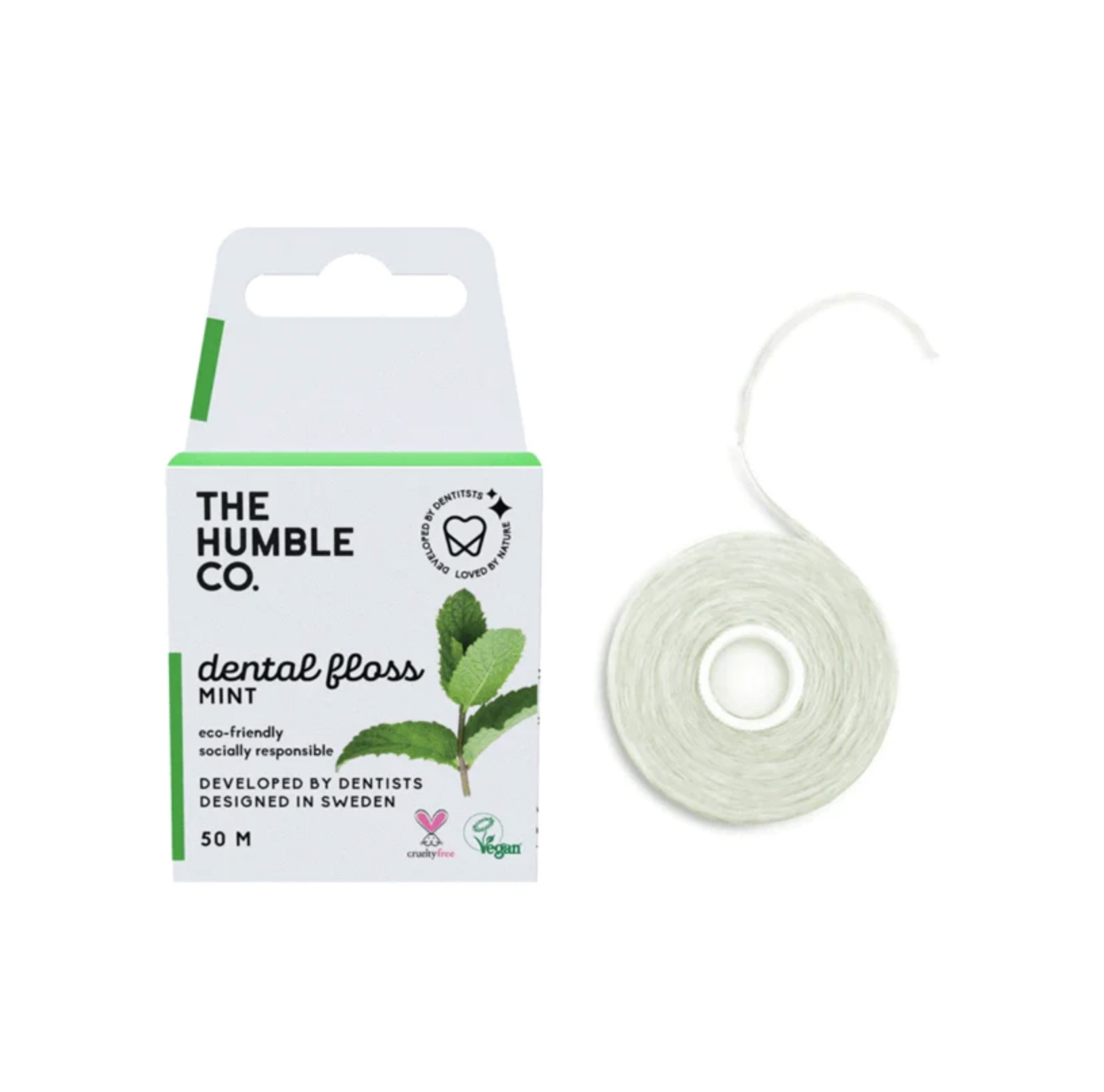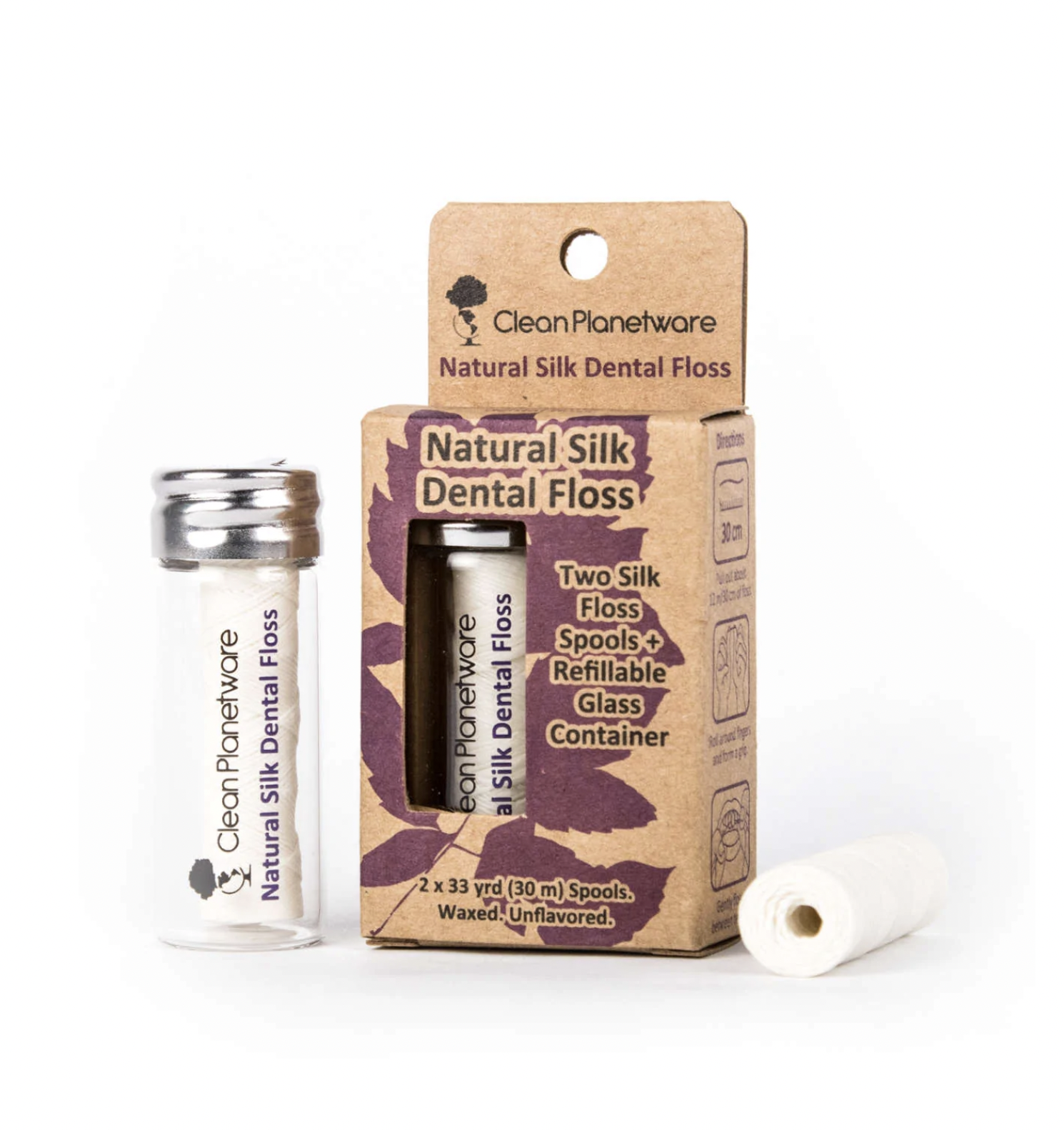6 Sustainable Bathroom Swaps
by the GA team | Read time 2 min
Next to the kitchen, the bathroom is one of the most wasteful areas of the home. Thankfully with some simple changes, you can eliminate single use plastics and incorporate sustainable alternatives in your space. Plus, many of these zero waste bathroom swaps are not only better for the environment but better for you (i.e. generally less synthetic, harmful and other synthetic chemicals in their products). Read on to see our favorites!
Zero Waste Soaps
You can fill up a reusable dispenser at your local refill shop, buy soap in bulk, or opt for solid bars or tablets that dissolve in water!
2. Organic Linens
Using organic cotton or bamboo towels are so much better for your skin than synthetic cloths. Plus, they last a lot longer and get softer over time. Sounds like a win win to us!
3. Natural Loofahs, Brushes, and Sponges
We always encourage people to use what they already have before buying new, so this is a great opportunity to phase out your plastic sponges, brushes, and loofahs for these sustainable ones!
4. Zero Waste Cleaning Products
There are so many brands out there that are non toxic, sustainable, and made from natural ingredients that get the job done! We really like using Grove as a one stop shop destination since they send out curated monthly subscription boxes of all the things you need!
5. Tree Free Toilet Paper
Traditional toilet paper is the most wasteful culprit in the bathroom. Over 385 trees are cut down in each American’s lifetime to account for their toilet paper consumption! Opt for tree free options that are so much better for the planet and available at big box stores, as subscription services, or online.
6. Biodegradable Toothbrushes and Zero Waste Toothpaste
We have been using bite toothpaste tablets for a while now and we can confidently say that we are never going back to toothpaste in a tube again! Another sustainable tip we have is to buy solid soaps because more often than not, they are packaged in recyclable cardboard or paper and it uses less water than liquid soaps.

